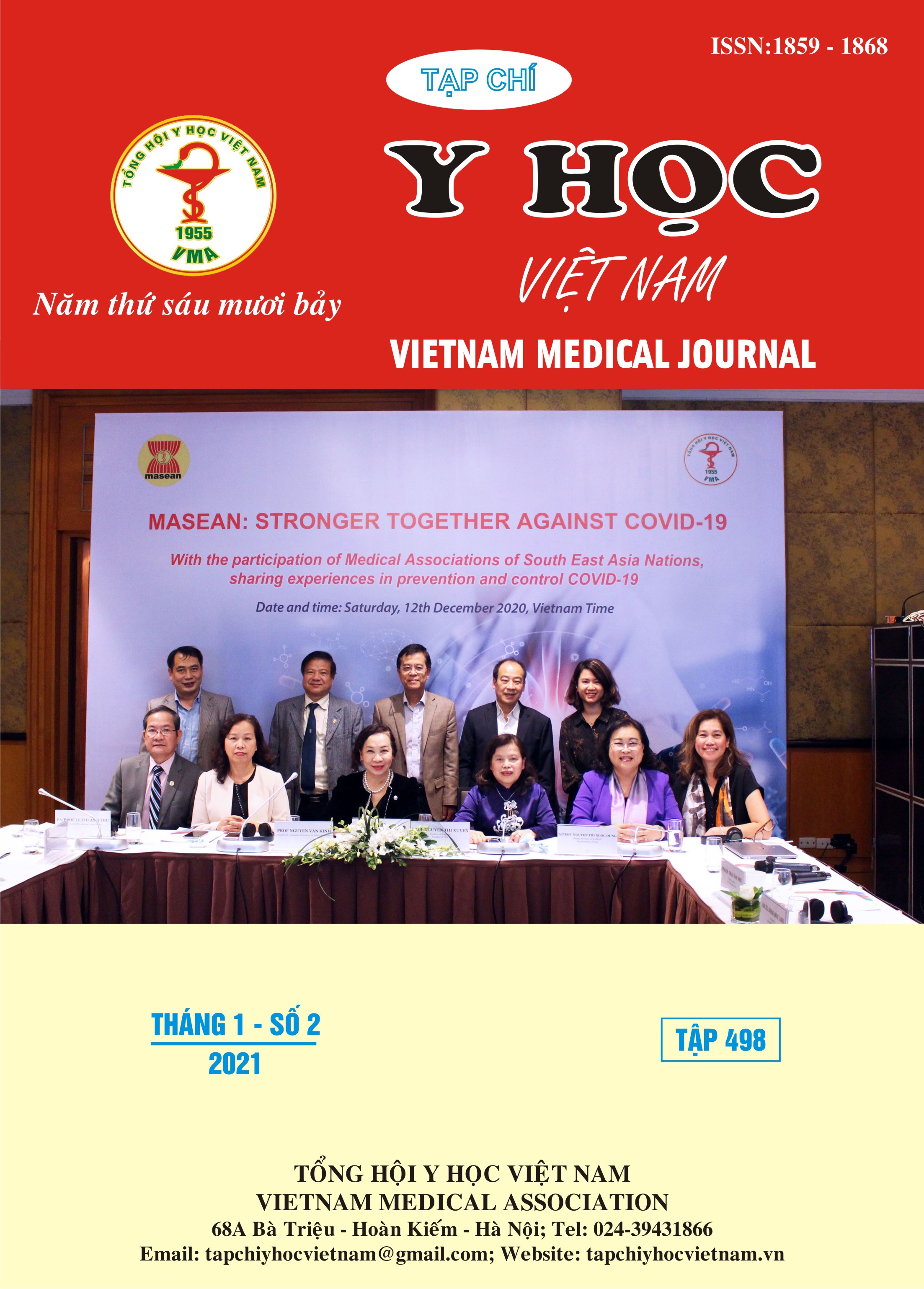EFFECTIVENESS OF ANTIMICROBIAL STEWARSHIP PROGRAM ON TREATMENT OF CHOLECYSTITIS AT A HOSPITAL IN HOCHIMINH CITY
Main Article Content
Abstract
Objective: To investigate pathogens and antibiotic use in the treatment of cholecystitis before and after applying for the antimicrobial stewardship program (ASP) at a hospital, Ho Chi Minh City. Methods: A before and after cross–sectional study was conducted on medical records of patients diagnosed with cholecystitis from 10/2018 to 3/2019 (before ASP) and from 10/2019 to 3/2020 (after ASP) at a hospital in Hochiminh City. Patient medical records were collected for data analysis including demographics, isolated organisms, antibiotic use, and treatment outcomes. The appropriateness of antibiotic use was assessed based on National antibiotic, SIS 2017, and Tokyo guidelines 2018. The effectiveness of ASP on treatment of cholecystitis was evaluated by comparing the rate of antibiotic appropriateness and treatment outcomes before and after applying ASP. Results: There were 104 medical records before ASP and 83 ones after ASP included in this study. The median age of patients was higher 60; 51-53% was man. E. coli (51.7%) and K. pneumoniae (27.6%) were the most common isolated organisms. The rate of appropriate antibiotic use in empiric treatment increased from 66.3% to 80.7% (p = 0,04). All patients recovered after treatment in both periods – before anf after ASP. Conclusion: The antimicrobial stewardship program increases the rate of appropriate antibiotic use.
Article Details
Keywords
antibiotic use, cholecystitis, antimicrobial stewardship program
References
2. Solomkin JS., Mazuski JE., Bradley JS., et al. (2010), “Diagnosis and management of complicated intra-abdominal infection in adults and children: Guidelines by the Surgical Infection Society and the Infectious Diseases Society of America”. Clin Infect Dis; 50, 133 – 164.
3. Bộ Y tế (2015), Hướng dẫn sử dụng kháng sinh, 159 - 192, 316 - 322.
4. Mazuski JE., Tessier JM., May AK., et al. (2017), “The surgical infection society revised guidelines on the management of intra-abdominal infection”, Surg Infect, 18 (1), 1 – 76.
5. Gomi H., Solomkin JS., Schlossberg D., et al.
(2018), “Tokyo guidelines 2018: antimicrobial therapy for acute cholangitis and cholecystitis”. J Hepatobiliary Pancreat Sci, 25 (1), 3 – 16.
6. Dubrovskaya Y., Papadopoulos J., Scipione MR., et al (2012). “Antibiotic stewardship for intra-abdominal infections: early impact on antimicrobial use and patient outcomes”. Infect Control Hosp Epidemiol; 33, 427 – 9.
7. Popovski Z., Mercuri M., Main C., et al. (2015), “Multifaceted intervention to optimize antibiotic use for intra-abdominal infections”, J Antimicrob Chemother; 70, 1226 – 1229
8. Đỗ Bích Ngọc, Đặng Nguyễn Đoan Trang (2019), “Hiệu quả can thiệp của dược sĩ lâm sàng trong việc sử dụng kháng sinh trên bệnh nhân phẫu thuật tiêu hóa, gan mật tụy tại bệnh viện Đại học Y dược TP. Hồ Chí Minh”, Tạp chí Y Học TP. Hồ Chí Minh, 23 (2), 178.
9. Kulwicki B., Brandt K., Draper H., et al (2017), “Impact of an Emergency Medicine Pharmacist on Appropriate Empiric Antibiotic Prescribing for Community-Acquired Pneumonia and Intra-Abdominal Infections”, Open Forum Infect Dis, 4 (1), S495.


